What are facts about Abu Simbel in Aswan?
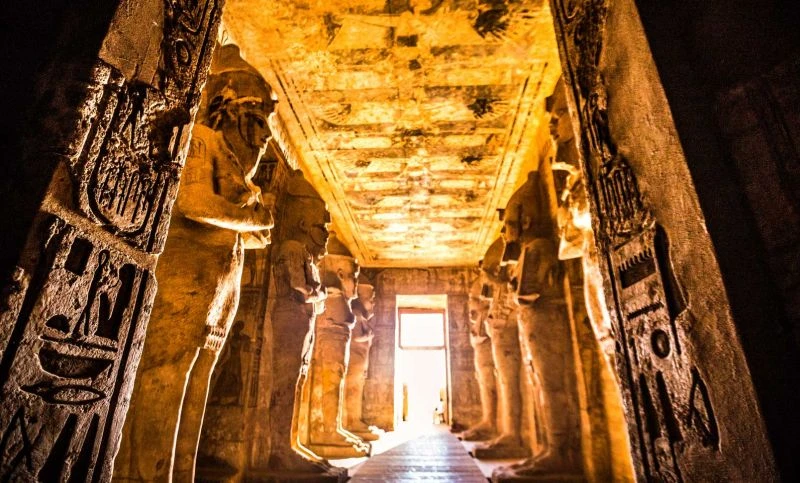
5 Facts about Abu Simbel Temple
1. Colossal Carvings
Abu Simbel is renowned for its colossal rock-cut statues that stand guard at the temple's entrance. The four massive statues depict Pharaoh Ramses II seated on his throne you will see during Egypt tours from USA, projecting an air of authority and power over the horizon.
2. Solar Phenomenon
The temple's inner sanctum holds a secret that aligns with the celestial dance. Twice a year, on February 22nd and October 22nd usually Americans aim to visit Abu Simbel in their Egypt classic tours from USA, the sun's rays penetrate the temple's corridor to illuminate the innermost chamber, casting a glow upon three out of four statues. The fourth statue, depicting the god of darkness Ptah, remains in shadow.
3. Relocation Marvel
In one of the most remarkable engineering feats of the 20th century, the Abu Simbel Temple was painstakingly relocated in the 1960s to save it from the rising waters of the Nile due to the construction of the Aswan High Dam, its' main attraction that you should stop at during Egypt Nile Cruise Tours. The temple was cut into massive blocks and reassembled on higher ground, preserving its magnificence for future generations.
4. Nubian Connection
Abu Simbel Temple is not just a tribute to Ramses II's glory. The smaller adjacent temple is dedicated to his beloved wife, Queen Nefertari, portraying her as a goddess alongside other deities our tour guide will teach you about its history in Aswan day tours.
5. Hieroglyphic Stories
The temple's walls are adorned with intricate hieroglyphics that narrate the triumphs and achievements of Ramses II in both battle and diplomacy, giving us insights into the tumultuous era in which he lived. Our tour guide will tell you the meaning of these symbols on the walls during your Egypt day tours there or through our guided Egypt travel packages.
What is the history of the Abu Simbel Temples?
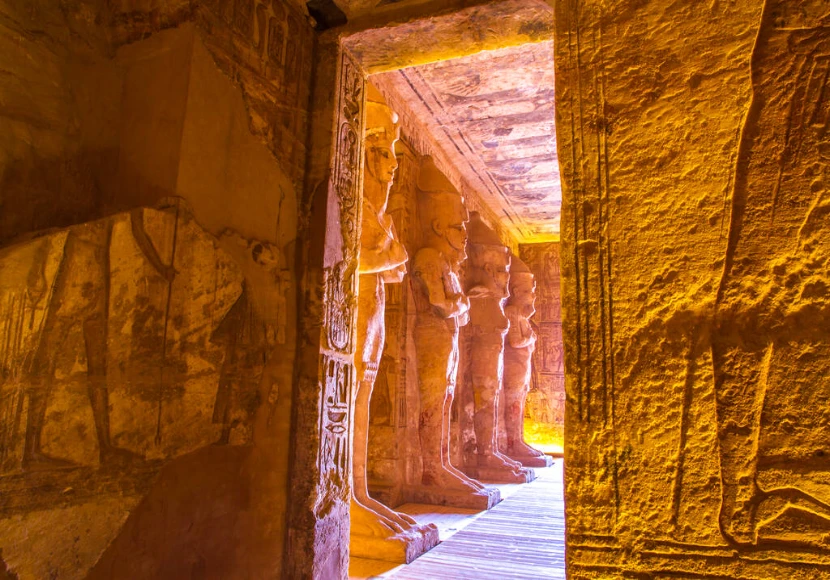
The story of Abu Simbel Temple is a journey through time, a story woven with threads of ancient civilizations, extraordinary vision, and modern-day intervention. You will know all about Abo Simbel temple history in detail through Egypt luxury tours from USA.
The history of Abu Simbel Temple dates back over 3,000 years to the reign of Pharaoh Ramses II, also known as Ramses the Great. It was during the 13th century BCE that Ramses II embarked on a mission to immortalize his legacy through architecture and art, an aspiration that led to the construction of this colossal temple complex, It is the beginning of the story that will be continued with the tour guide in Egypt short break tours.
Carved into the solid rock of the Nubian Mountains, the Abu Simbel Temple stands as a testament to the unparalleled architectural prowess of the ancient Egyptians, it's a peace of art in our Egypt cultural tours from USA. The main temple features four massive statues of Ramses II, each standing at an astonishing 65 feet in height. The intricate details carved into these statues and the surrounding façade are a testament to the artistry and dedication of the craftsmen who brought Ramses II's vision to life. We recommend adding it to your plan for Egypt Christmas tours to celebrate Christmas together.
The 20th century brought about a new chapter in the history of Abu Simbel Temple. With the construction of the Aswan High Dam came the potential submersion of this ancient wonder beneath the waters of the Nile. To rescue this treasure, an international effort was undertaken to carefully disassemble the temple and move it to higher ground. The relocation was a remarkable accomplishment, preserving the temple for future generations to see in their Egypt cultural tours from USA and showcasing the world's commitment to safeguarding our shared heritage.
Why is Ramses II known as a builder?
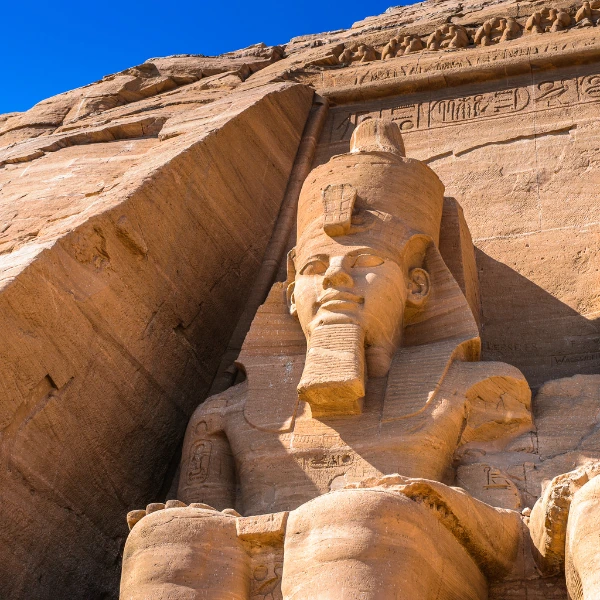
The driving force behind the creation of Abu Simbel Temple was none other than the iconic Ramses II. Born in 1303 BCE, Ramses II ascended the throne at the age of 25 and went on to become one of ancient Egypt's most prolific pharaohs. Ramses II engaged in building a lot of attractions that we see today in our Egypt luxury tours.
But what inspired Ramses II to construct such an awe-inspiring temple complex? The answer lies in a combination of personal ambition, political strategy, and religious devotion.
1. Eternal Legacy
Ramses II sought to secure his legacy for eternity. By erecting grand monuments like Abu Simbel and other attractions that we see nowadays in our Egypt budget tours from USA, he aimed to ensure that his name and accomplishments would be remembered and revered long after his passing.
2. Political Messaging
In the tumultuous times of Ramses II's rule, maintaining control and projecting power was of utmost importance. The temple's colossal statues and intricate reliefs served as a means of conveying his strength and authority, both to his own people and to potential adversaries.
3. Devotion to Deities
Religion played an integral role in ancient Egyptian society. Ramses II, like his predecessors, believed that his rule was divinely ordained. Constructing a temple dedicated to the gods was an act of devotion, a way to ensure their favor and protection for himself and his kingdom. Know more about the Great Pharaoh Ramses II through our guided Egypt tours.
Abu Simbel Temple transcends being merely a physical structure. It symbolizes the indomitable human spirit, the unyielding dedication to preserving history, and the symbiotic relationship between the past and the present.
Why visit Abu Simbel Temple
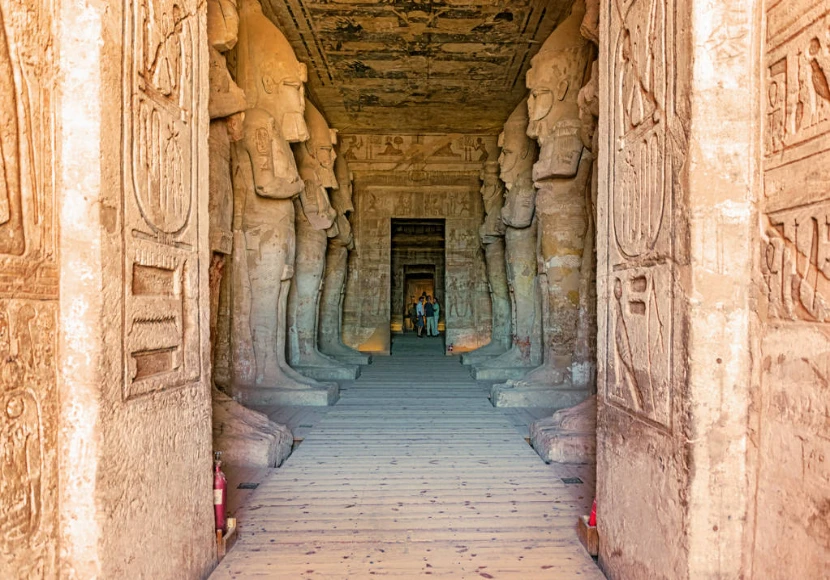
Dynamics Travel celebrates the triumphs of the past while nurturing the aspirations of the present. We invite you to join us on our Egypt Christmas tours from USA to Abu Simbel Temple, where the echoes of ancient pharaohs still resonate, and the splendor of a bygone era stands testament to the limitless possibilities of human achievement. Also, check out Egypt Easter tours from USA to Abo Simbel Temple in April.
As you stand before the colossal statues that have weathered the eons, let your imagination transport you to the days when Ramses II walked the earth, gazing upon his creation with pride, Read the article and then get ready for the visit of Abu Simbel Temple in your Egypt classic tours. As the sun's rays pierce through the corridors and illuminate the heart of the temple, experience the wonder that Ramses II felt as he realized his vision coming to life.
At Dynamics Travel, we believe in the power of travel to connect us with the stories of our ancestors, to inspire us with their achievements, and to remind us of the beauty and resilience of our shared heritage. Join us on a journey to Abu Simbel Temple through Egypt short break tours from USA, where the echoes of ancient pharaohs still whisper in the wind, and the sands of time hold the secrets of a civilization that continues to captivate and intrigue us.



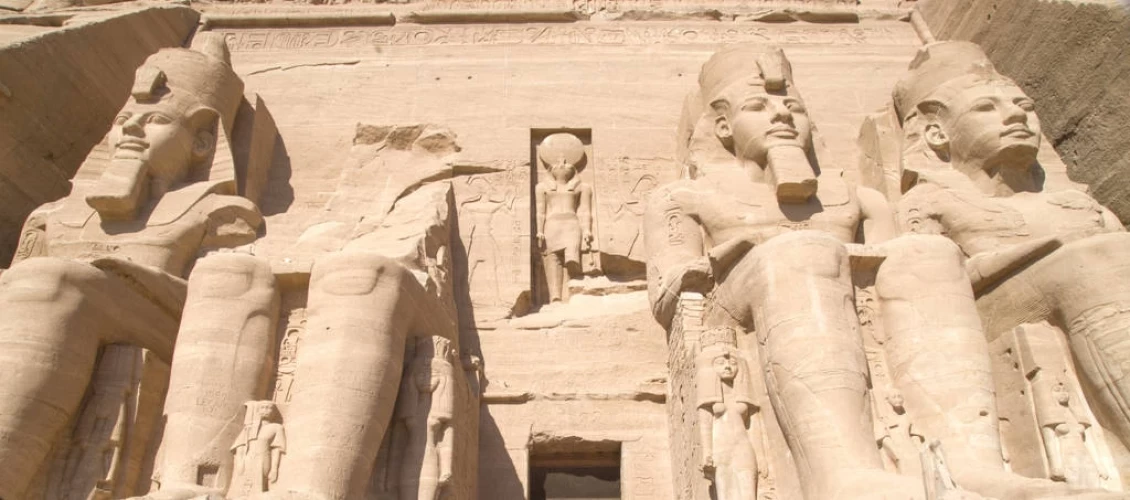
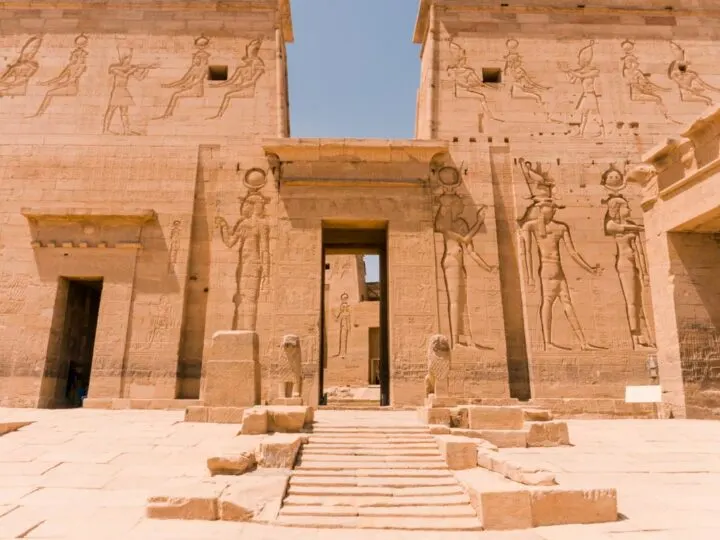
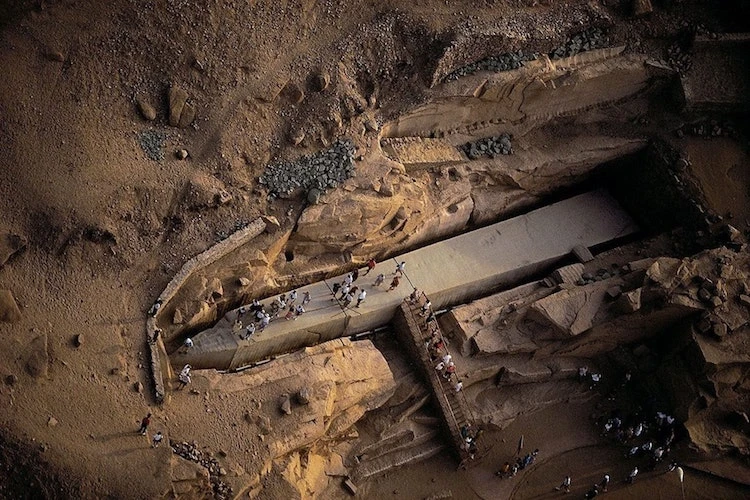
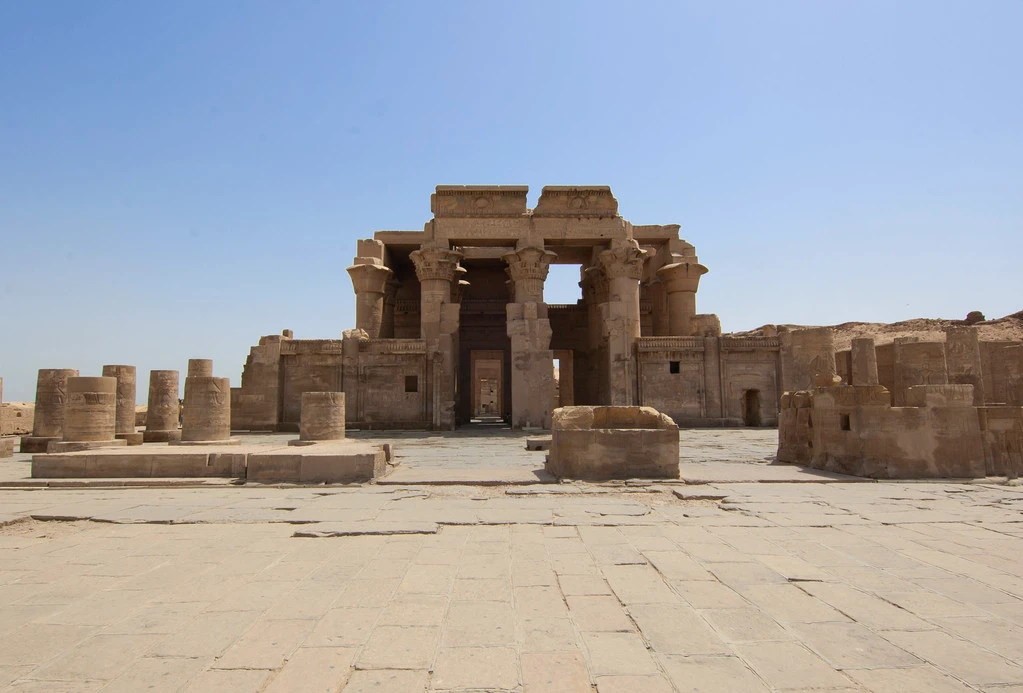
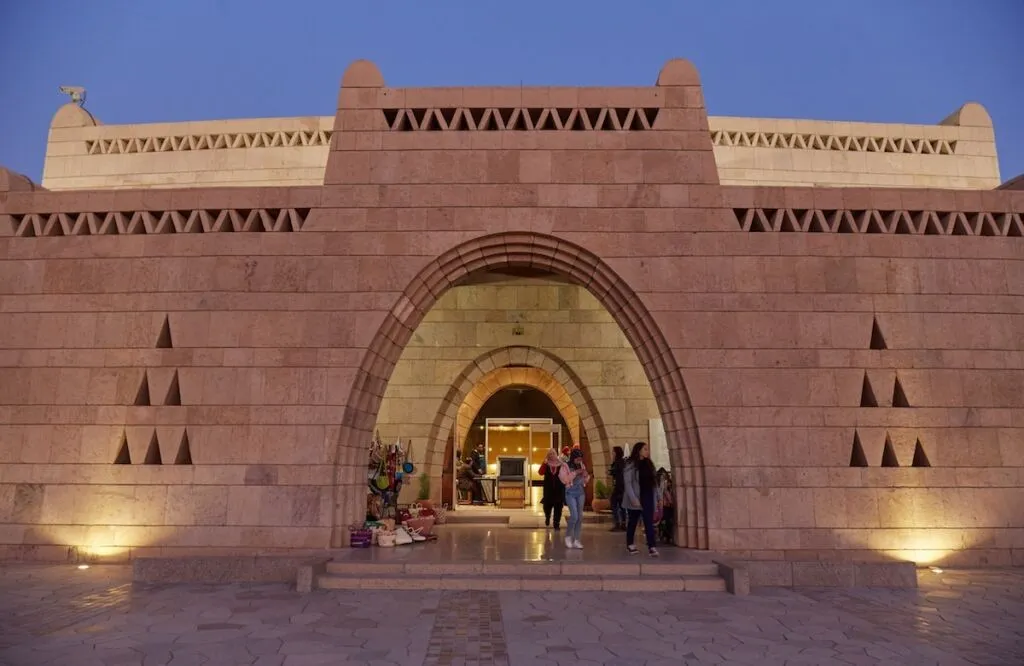



-webp.webp)
-webp.webp)
-webp.webp)
-webp.webp)
-webp.webp)
-webp.webp)
-webp.webp)
